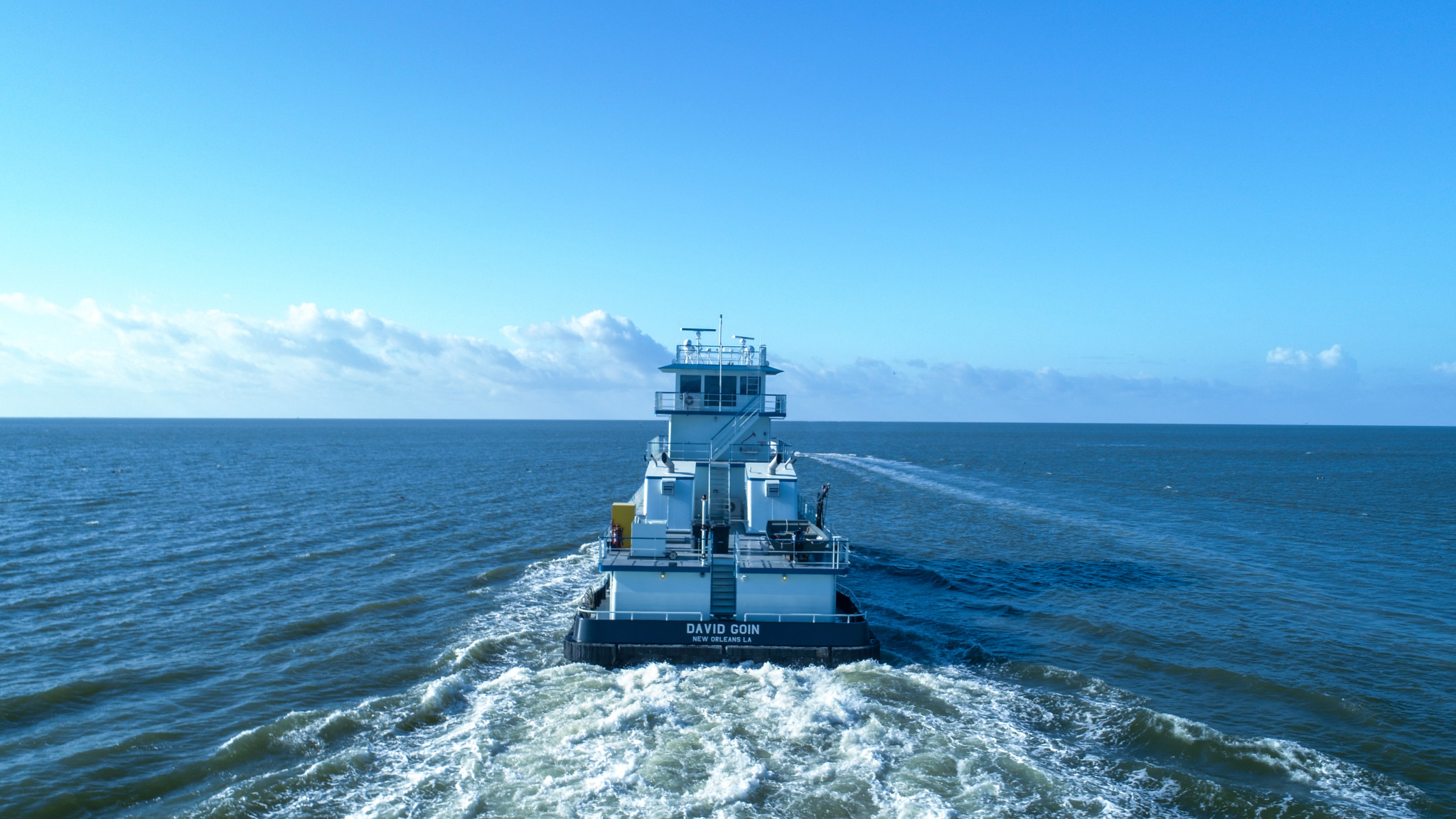Safety management systems have been in place in the barge industry for many years. The most effective of these increases safety without being burdensome and never change for change sake.
“These are living documents,” Marino Hwang, marine compliance manager at McAllister Towing, told attendees at the American Waterways Operators Safety Committees’ Annual Meeting this week in New Orleans. “But it’s hard for crews to know our safety measures if we keep changing them.”
Communication is key, but having the skills, both human and technical, to operate efficiently and safely on the water leads to success.
Patrick Browne, a former airline pilot and co-founder of Flightdeck Safety Initiatives, told attendees that airline crews and marine crews face similar safety concerns. He said that 60% to 80% of airline accidents can be attributed to human error, while companies invest 60% to 80% of safety resources in technical skills rather than enhancing human skills.
“Safety has been given a lot of lip service,” Browne said. “We have to find ways to do things better. Better training to improve human skills.”
Decades ago, the airline industry developed crew resource management (CRM) to address incidents caused by human error. While BRM (bridge resource management) concentrates on bridge personnel, CRM uses “all available resources,” said Browne.
Now Browne's company has developed an aviation-based CRM program, Lessons from the Flightdeck, to help participants gain new skills in improving communication, trapping errors and developing processes that contribute to overall safety. Several towboat operators have adapted the CRM initiatives with measured success. The company’s training for the marine industry concentrates on non-technical skills of maritime operations such as improving situational awareness, teamwork, leadership skills, interpersonal communications, decision-making, and fatigue awareness and countermeasures.
Calling employees “the most valuable assets companies have," Browne said that “increasing knowledge, increases competency.”
Another hurdle some companies’ safety management teams face is a negative safety culture, which can have a major influence on human factors such as behavior and performance, incidents and injuries.
Kenya Nixon, regional director of loss control and safety for Cooper Consolidated, said among the expressions she most dislikes hearing is “that’s the way we’ve always done it.” She said the words “safety first” are used a lot but, “let’s be honest, it’s not always first.”
Implementing culture changes breaks down this way, according to Nixon — about 20% want to change, 60% are on the fence, and 20% don’t ever want to change. Individual companies have to want to change. “It’s about communication,” she said. “Don’t just tell them what to do, tell them why.”





